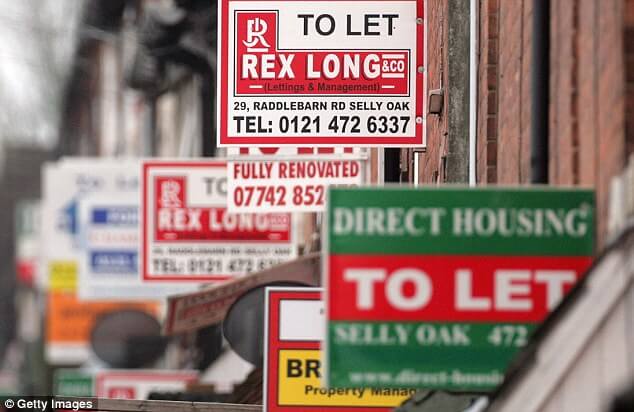Landlords already hit by punitive stamp duty and new restrictions on mortgage interest tax relief are now facing rising borrowing costs. Residential mortgage rates continue to fall. However, last month saw rises in the cost of two, three and five-year fixed-rate loans for buy-to-let investors. Compare mortgages on a regular basis to check you aren’t being overcharged! Here at Fletcher Longstaff (based in Lincoln) we have an online remortgage calculator, and we offer mortgage advice, so if you are unsure as to how these changes will directly affect you, we can help.
Figures from Mortgage for Business, the specialist broker, show average fixed-rate deals reversed the rate cuts made in March. The average two-year fixed term loan was 2.9pc in April, up from 2.86pc in March. Three-year deals rose from 3.53pc to 3.56pc, while the average five-year buy-to-let mortgage went from 3.74pc to 3.76pc. This is why it is so important to compare mortgages. These increases can occur without you barely noticing, but can make a huge difference to your rate.
Use our remortage calculator
It is the first time buy-to-let rates have increased this year. It’s the first time three-year fixed mortgages have risen since April 2016. However, the average tracker mortgage fell, from 4.85pc to 4.74pc in April.
Shaun Church of brokers Private Finance suggested lenders could be offsetting rate cuts. Particularly for residential customers by increasing them for buy-to-let properties. With prices changing so much, we really would recommend that you compare mortgages. To get the best value for your money.
Buy-to-let crackdown
Both the Government and City watchdog the Financial Conduct Authority have made changes that have made it much tougher for individual landlords. From April this year, higher-rate taxpayers can no longer offset all of their mortgage interest against rental income when calculating their tax bill.
The move only applies to individuals, not limited companies, and will lead to higher tax bills even where landlords do not increase rents. It is being brought in gradually (with investors losing 25pc of mortgage interest relief a year). Until 2020-21 when it will be replaced by a flat 20pc tax credit.
In addition, since January the Prudential Regulatory Authority has been applying new rules that mean lenders must apply a “stress test” when reviewing mortgage applications for landlords. They must check borrowers can afford to pay mortgages at hypothetical interest rates of 5.5pc. Lenders are now also requiring higher ratios of rental income to mortgage repayments. If you are unsure as to how much you can borrow, compare mortgage quotes online.

